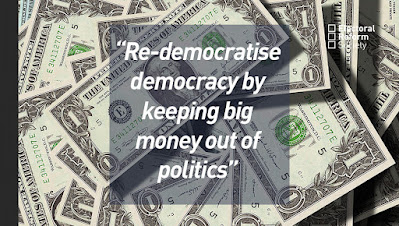The Oceans Are Drowning In Plastic — And No One’s Paying Attention
from the Huffpost 4/27/2017
Plastic ― a versatile, durable and inexpensive material ― has in many ways been a boon to humanity, used in everything from medical equipment to parts of airplanes. But some of the very traits that have made plastics so popular (they’re cheap, and therefore easy to throw away) have also made them a growing problem in our landfills and oceans.
Worldwide, “single-use packaging is the biggest source of trash” found in or near bodies of water. In 2015, volunteers in the group’s International Coastal Cleanup event collected almost 1 million plastic beverage bottles, 800,000 plastic bottle caps, and about half a million each of plastic bags and drinking straws — and this was in just a single day.
Today, plastics are the No. 1 type of trash found in the sea. Ocean Conservancy, a nonprofit that organizes an annual coastal cleanup event in more than 150 countries worldwide, said plastic debris makes up around 85 percent of all the trash collected from beaches, waterways and oceans ― and that’s just the stuff we can see.
Ocean Conservancy says plastics are believed to threaten at least 600 different wildlife species. One in three leatherback turtles, which often mistake plastic bags for edible jellyfish, have been found with plastic in their bellies. In February, a dead whale beached on Norway’s coast had 30 plastic bags in its stomach. Ninety percent of seabirds, including albatross and petrels, are now eating plastics on a regular basis. By 2050, that figure is expected to rise to 100 percent.
And it’s not just wildlife that’s threatened by the plastics in our seas. A growing body of evidence suggests humans are consuming plastics through the seafood we eat.
READ ENTIRE ARTICLE >>
READ ENTIRE ARTICLE >>



Comments
Post a Comment